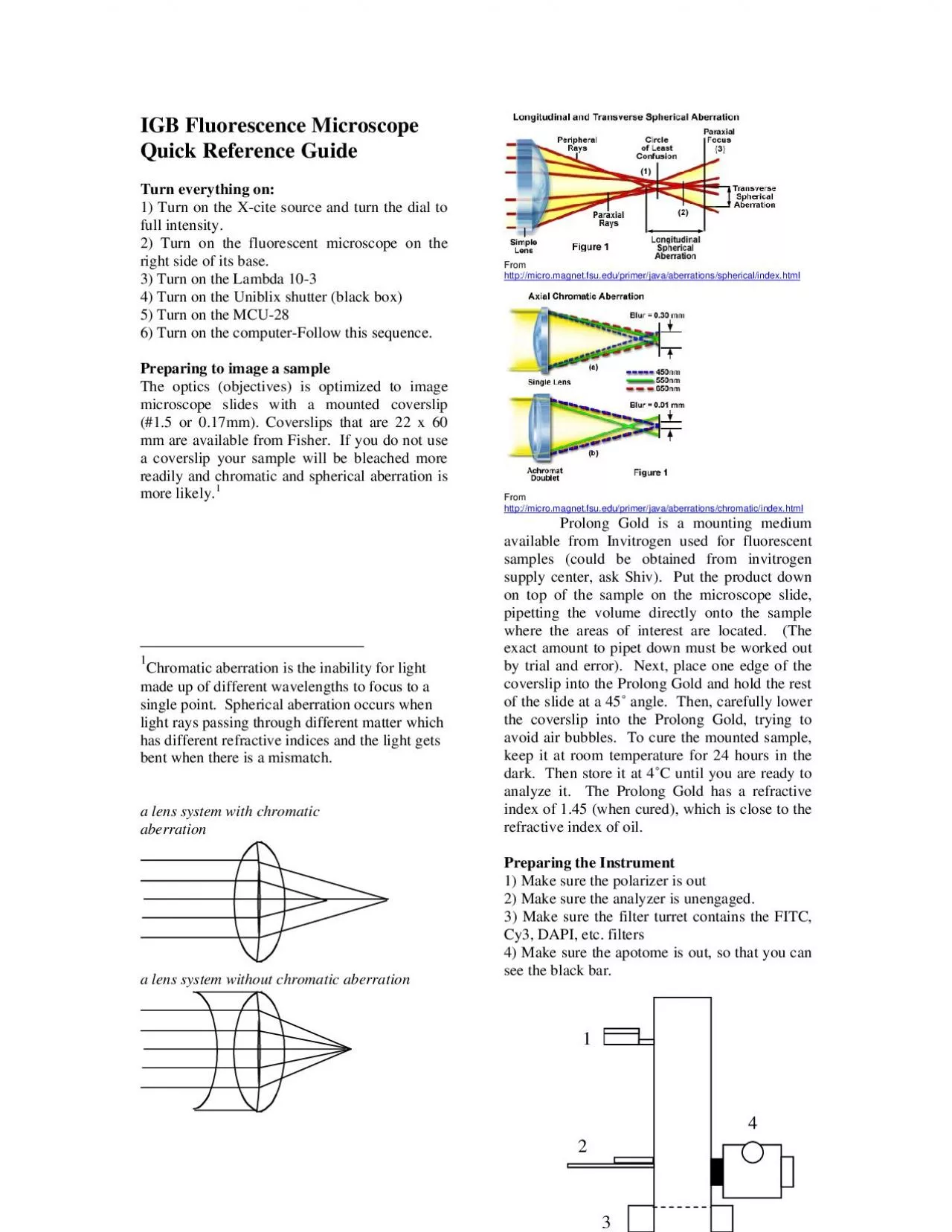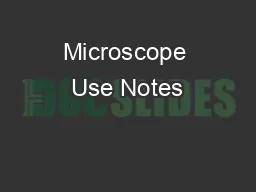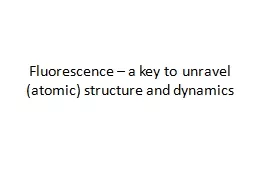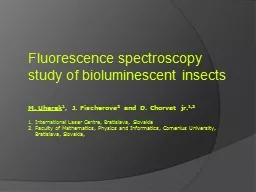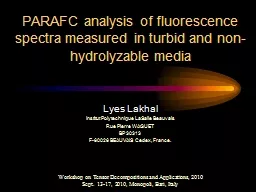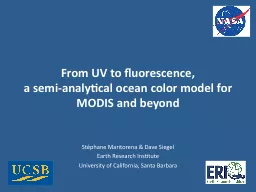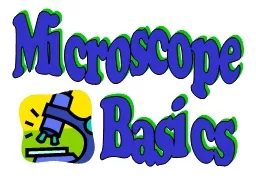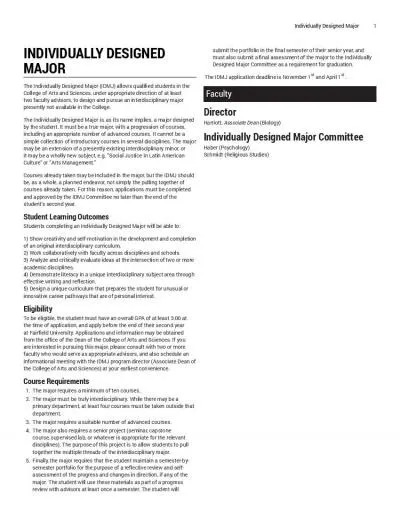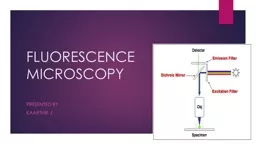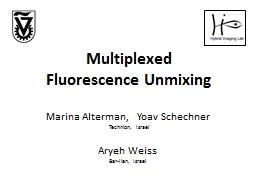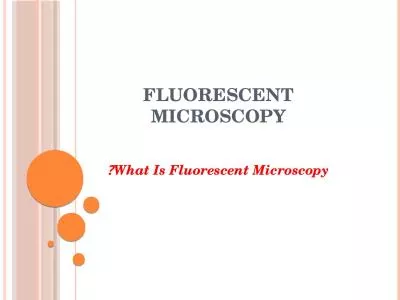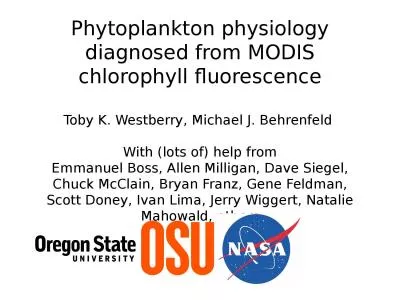PDF-IGB Fluorescence Microscope Quick Reference Guide Turn everything on
Author : genevieve | Published Date : 2022-09-01
Chromatic aberration is the inability for light made up of different wavelengths to focus to a single point Spherical aberration occurs when light rays passing through
Presentation Embed Code
Download Presentation
Download Presentation The PPT/PDF document "IGB Fluorescence Microscope Quick Refere..." is the property of its rightful owner. Permission is granted to download and print the materials on this website for personal, non-commercial use only, and to display it on your personal computer provided you do not modify the materials and that you retain all copyright notices contained in the materials. By downloading content from our website, you accept the terms of this agreement.
IGB Fluorescence Microscope Quick Reference Guide Turn everything on: Transcript
Download Rules Of Document
"IGB Fluorescence Microscope Quick Reference Guide Turn everything on"The content belongs to its owner. You may download and print it for personal use, without modification, and keep all copyright notices. By downloading, you agree to these terms.
Related Documents

